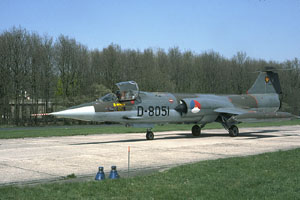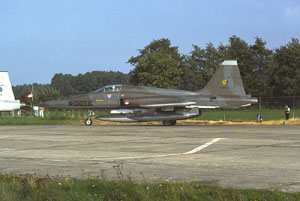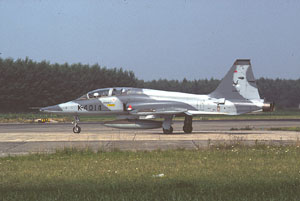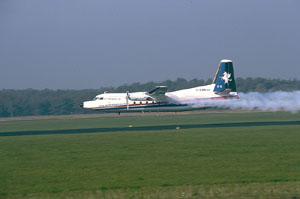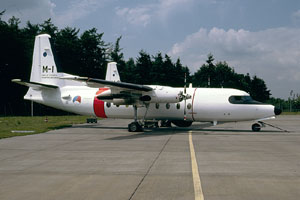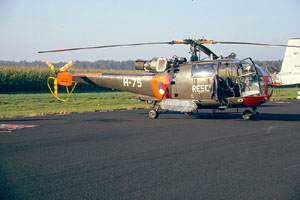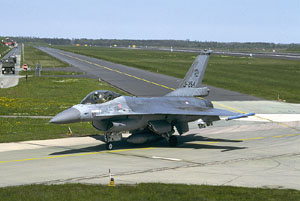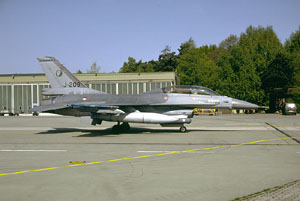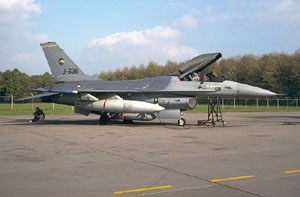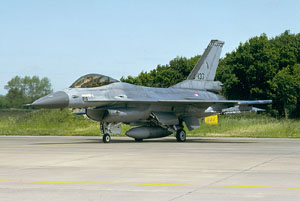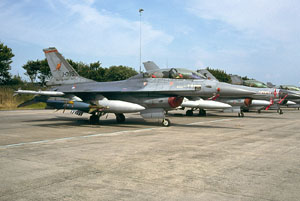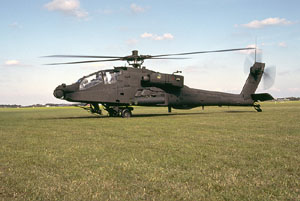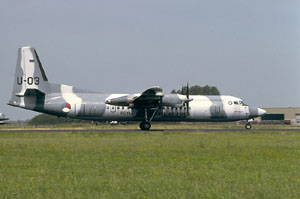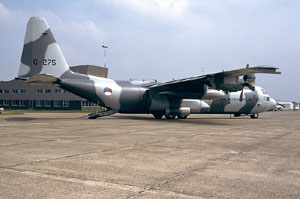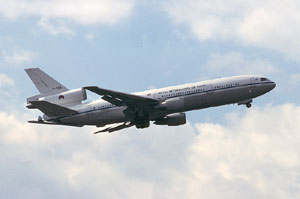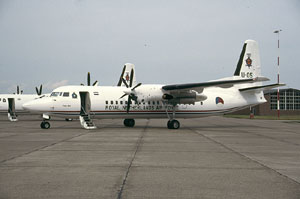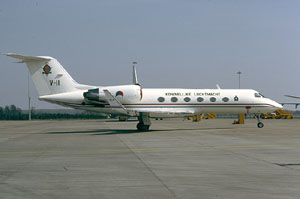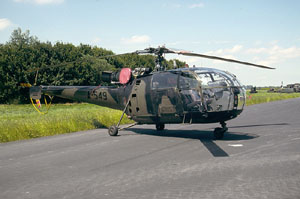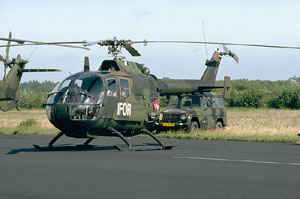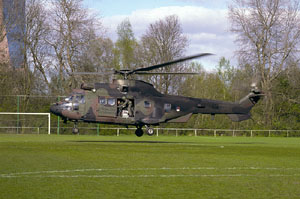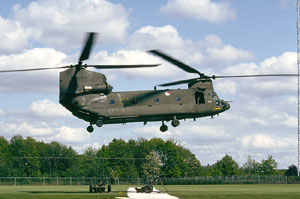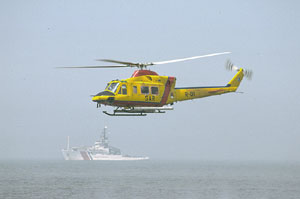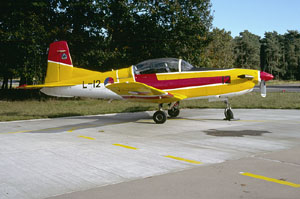|
Formed in 1913 under the title Luchtvaartafdeling (Aviation Department) and as such subordinate to the Dutch
Army, today's Koninklijke Luchtmacht (KLu, Royal Air Force) is an independent air arm. The current title
however, was only introduced in 1953. In 2002 the KLu is significantly different from only 15 years
ago. The Northrop NF-5 light weight fighter bombers have been disposed of. The transport fleet is much more varied and capable than it used to be during the cold war and saw it's Fokker F.27's replaced with Fokker 50, Fokker 60UTA-N, C-130H-30 Hercules,
KDC.10 and G.1159C. The helicopter fleet which is still there to support the army made the transition from Alouette III and
Bo.105CB for light observation to fire support using AH-64D Apache and light to medium transport with AS.532U-2 Cougar and CH-47D Chinook. The KLu's sole combat aircraft is now the F-16. Having been delivered in F-16A and F-16B Blocks 1 through 15, the force was brought up to Block 15OCU standard during the second half of the 1980's. Out of 212
delivered, 138 survivors are being brought up to Block 15MLU standard, avionics-wise closely approaching F-16C/D Block 52
standard.
The F-16 is now combat proven in Dutch hands, having seen action over the former Yugoslavia during Operation Deliberate Force in 1995 and Operation Allied Force in 1999. The latter operation saw the F-16MLU's combat
debut, using precision guided munitions against ground targets as well as AIM-120 AMRAAM missiles to down a Serbian
MiG.29.
Recently, the Dutch government decided in favour of participating in the USA's Joint Strike Fighter project. This is aimed at bringing into service a production derivative of today's Lockheed-Martin X-35 by the beginning of the next decade. Most
likely, the resulting aircraft for which the designation F-35 has been
coined, will replace the KLu's F-16 force.
In any case will the KLu face more peace keeping operations in the near future. The first of these will be participation in a multi-national peace keeping force for Afghanistan,
for which Manas airport in Kyrgiztan has been selected.
Anyway, enjoy the next few pictures of KLu aircraft of the recent past and the present.
Many thanks go to all the Air Force PRO's who organised the Photocalls over the
years, during which some of these photos could be made.
All pictures (c) Hans Rolink. |
